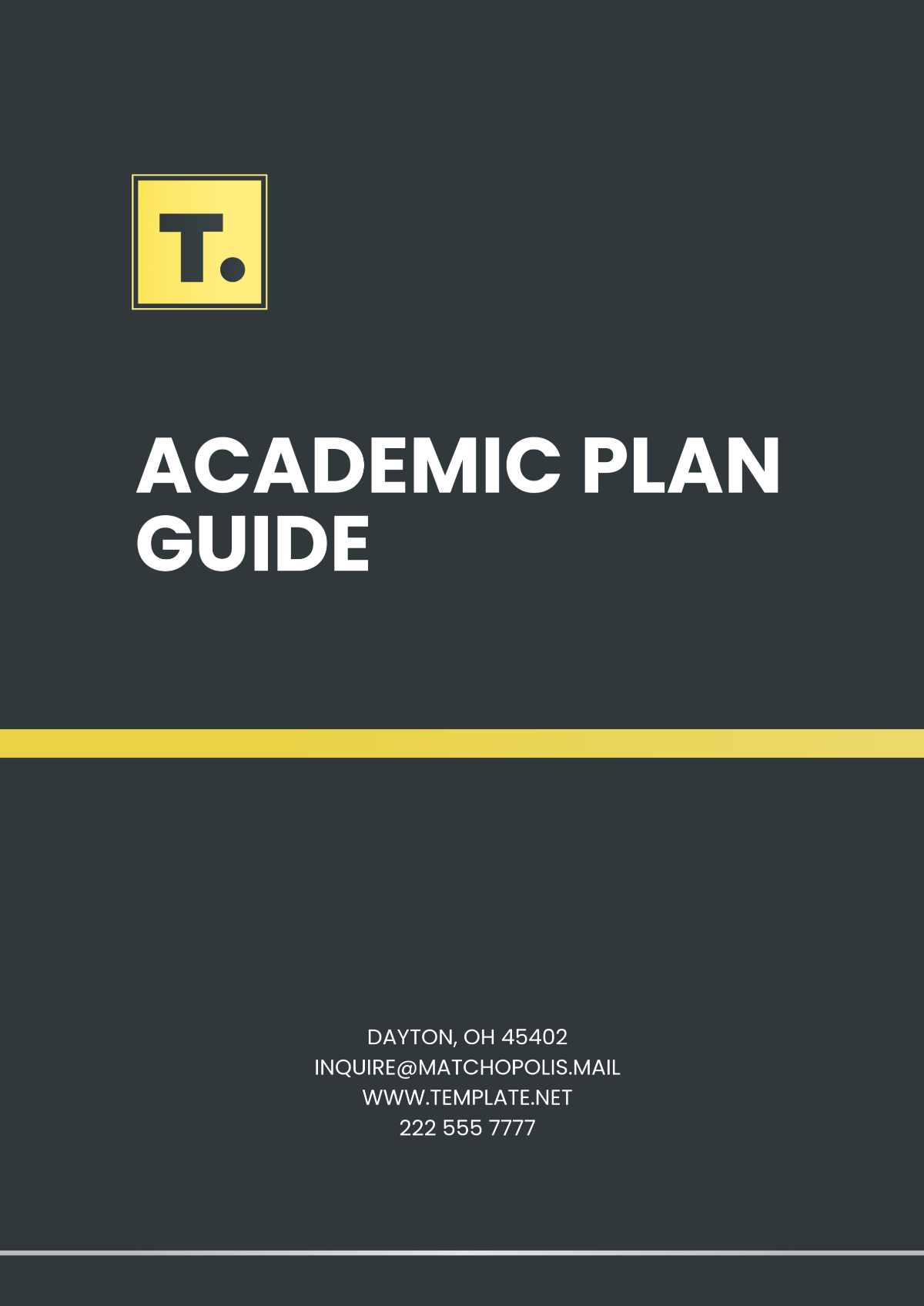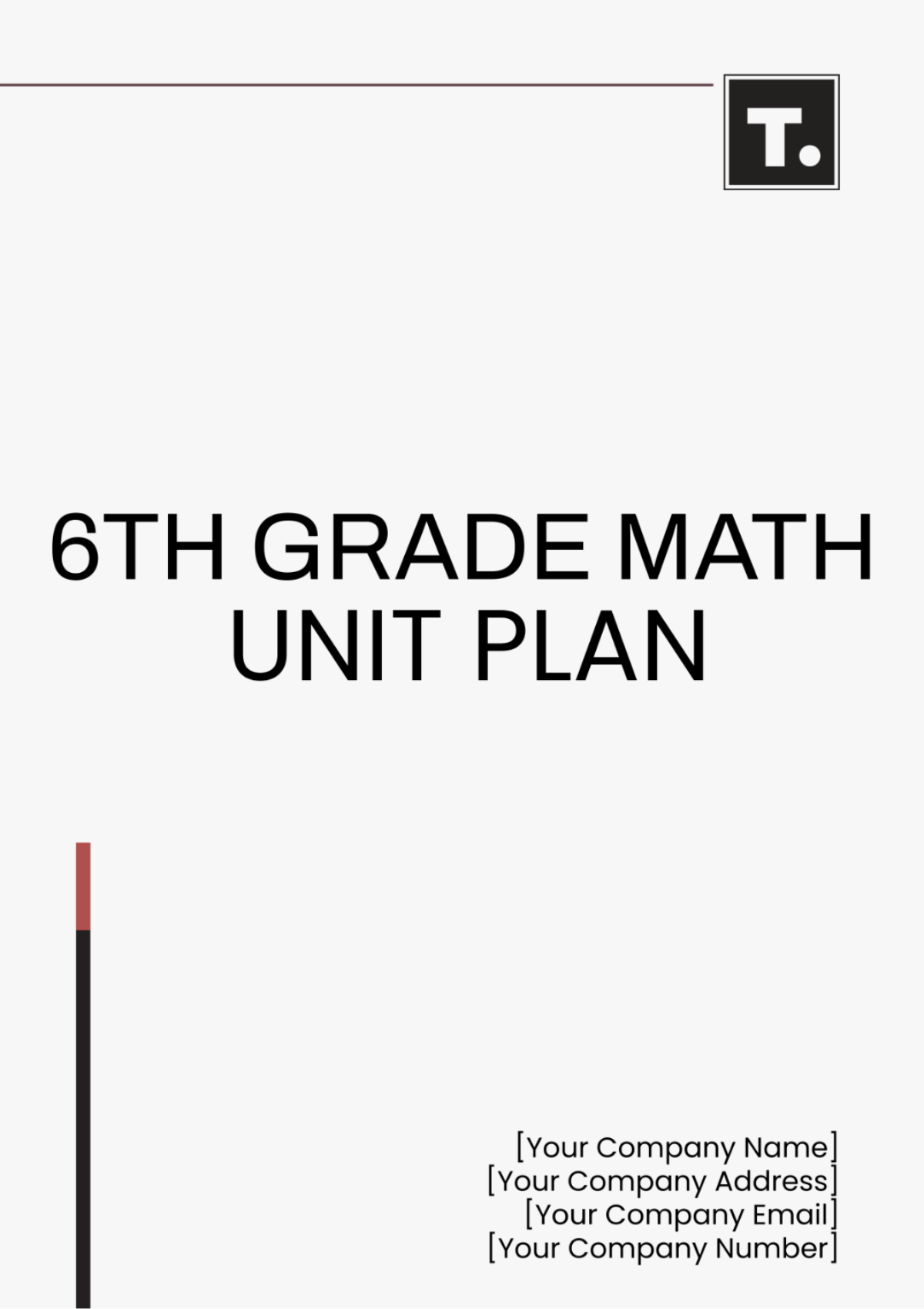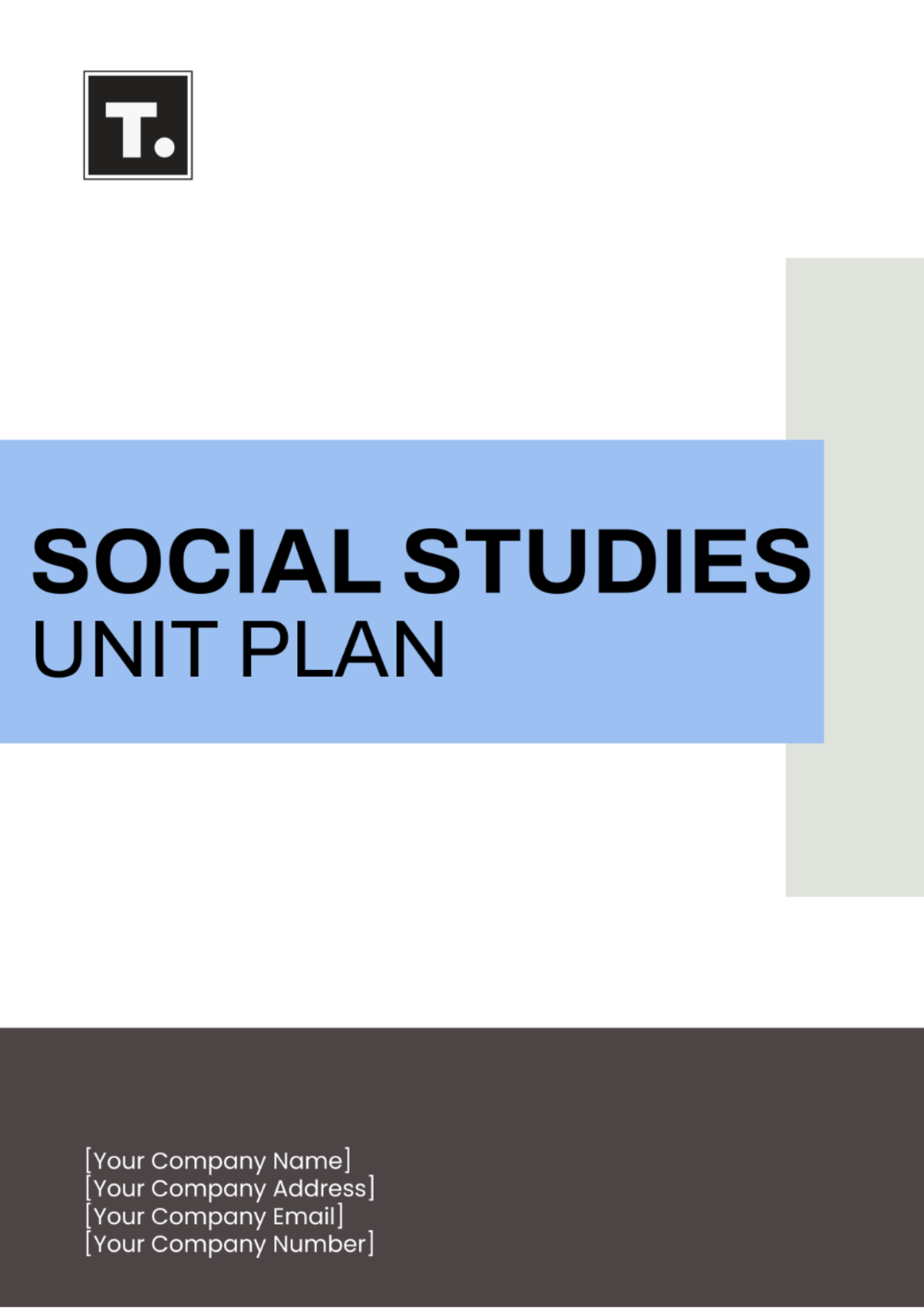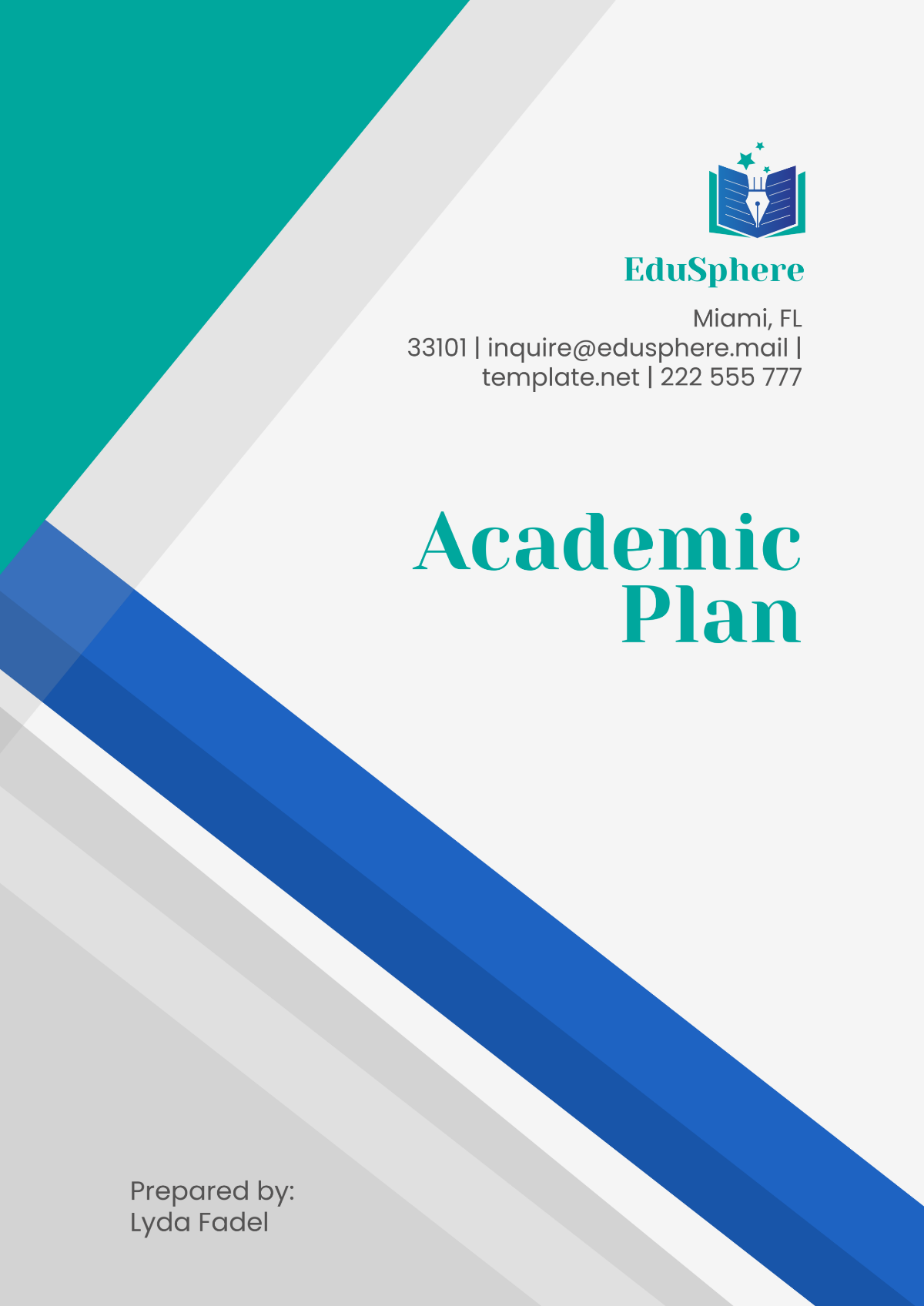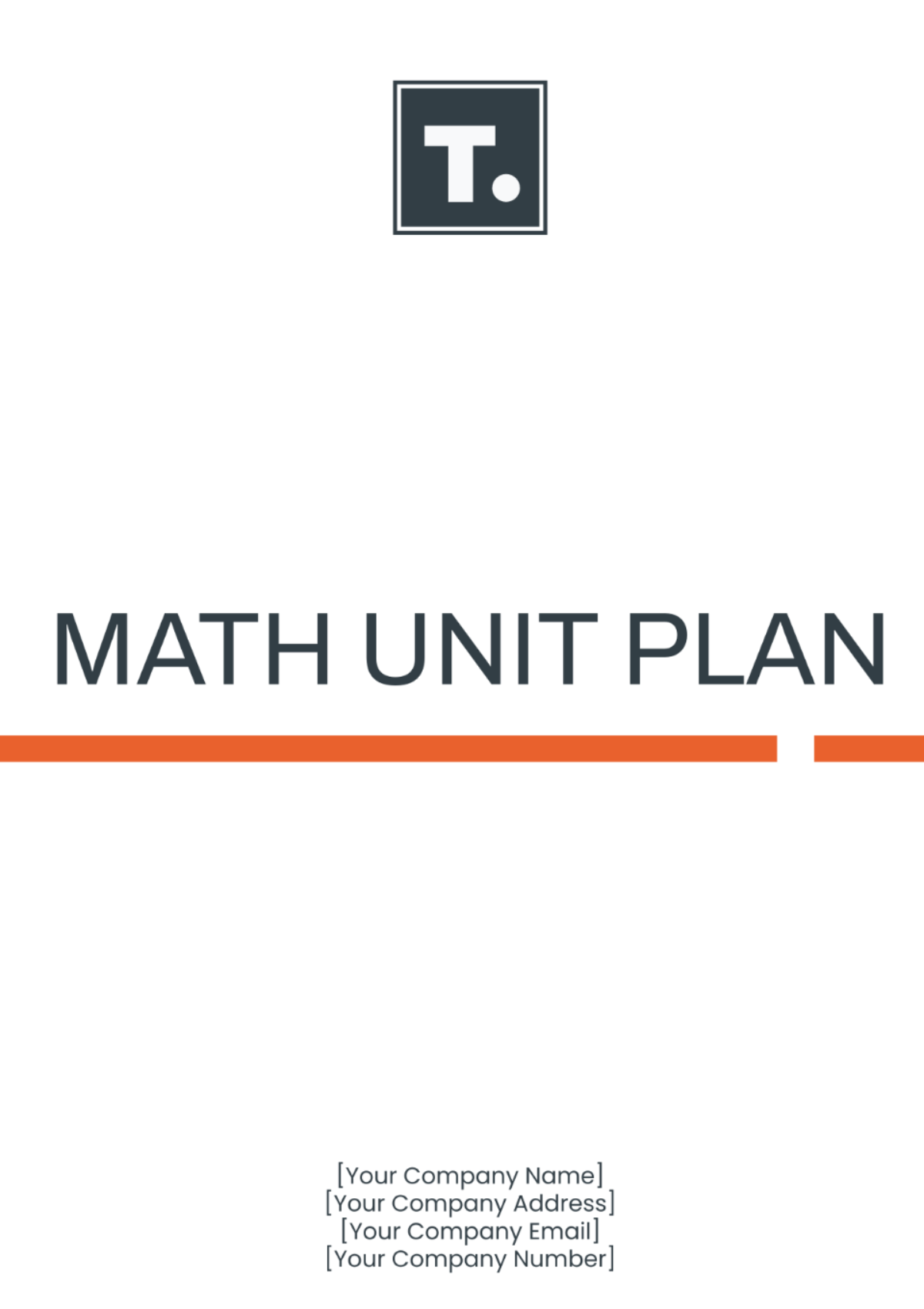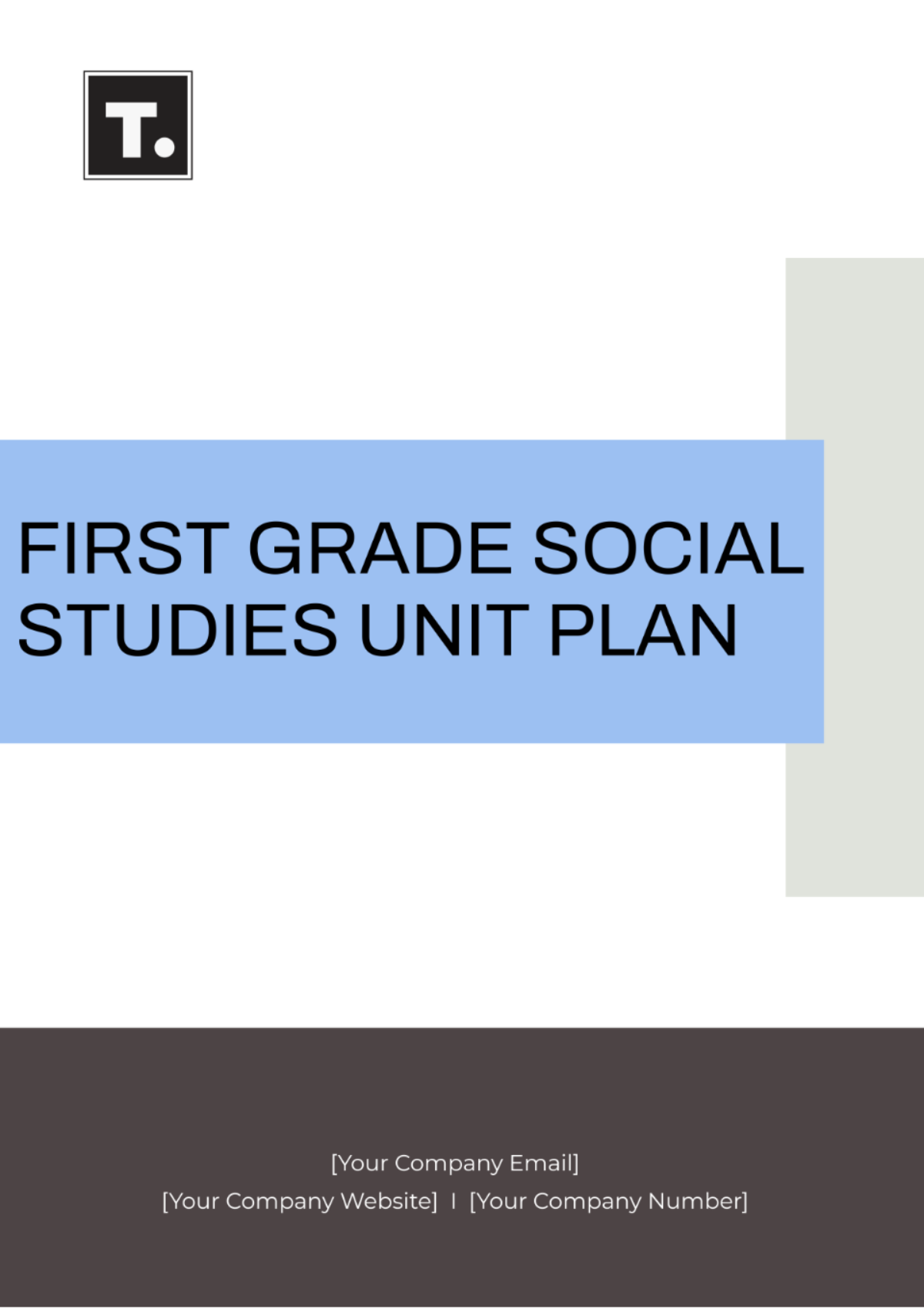Study Course Plan
Course Title: | Introduction to Data Science |
|---|---|
Course Code: | DS101 |
Instructor: | [YOUR NAME] |
Institution: | [YOUR COMPANY NAME] |
Semester: | Fall 2055 |
Course Description
This course provides an introduction to the fundamental concepts and techniques in data science. It covers the entire data science pipeline, from data collection and cleaning to analysis, visualization, and modeling. Students will learn how to apply statistical techniques, machine learning algorithms, and data visualization tools to solve real-world problems. No prior experience in programming or statistics is required.
Course Objectives
By the end of the course, students will be able to:
Understand the basics of data science, including data collection, cleaning, and pre-processing.
Use programming languages like Python to analyze data.
Apply fundamental statistical techniques for data analysis.
Understand machine learning models and how to implement them.
Present data findings using visualization tools such as Matplotlib and Tableau.
Solve real-world problems using data-driven insights.
Prerequisites
Basic knowledge of mathematics (high school level)
Familiarity with using computers and the internet
Required Materials
Textbook: “Data Science from Scratch” by Joel Grus (3rd Edition, 2055)
Software: Python (version 4.0), Jupyter Notebooks, Tableau
Laptop with at least 8GB of RAM for running data analysis
Course Schedule
Week | Topic | Assignment/Activity | Due Date |
|---|---|---|---|
1 | Introduction to Data Science | Reading: Chapter 1, Hands-on activity | Week 2 |
2 | Data Collection and Cleaning | Homework: Data wrangling exercise | Week 3 |
3 | Introduction to Python | Python assignment #1 | Week 4 |
4 | Exploratory Data Analysis (EDA) | EDA Project | Week 5 |
5 | Data Visualization Techniques | Visualization project | Week 6 |
6 | Introduction to Machine Learning | Machine Learning assignment | Week 7 |
7 | Supervised Learning Models | Midterm Exam | Week 8 |
8 | Unsupervised Learning Models | Project work | Week 9 |
9 | Model Evaluation and Tuning | Final project preparation | Week 10 |
10 | Final Project Presentations | Submission of final project | Week 11 |
Grading Criteria
Category | Percentage |
|---|---|
Assignments (5) | 30% |
Midterm Exam | 20% |
Final Project | 30% |
Class Participation | 10% |
Attendance | 10% |
Grading Scale:
A: 90-100%
B: 80-89%
C: 70-79%
D: 60-69%
F: Below 60%
Course Policies
Attendance: Regular attendance is mandatory. Absences must be communicated in advance.
Late Assignments: Assignments submitted after the due date will incur a 10% deduction per day.
Academic Integrity: All students are expected to uphold the highest standards of academic honesty. Plagiarism and cheating will result in disciplinary action.
Office Hours: Available by appointment on weekdays from 2:00 PM to 4:00 PM via Zoom.
Additional Resources
Online Platform: All course materials, announcements, and assignments will be available on the [YOUR COMPANY NAME] learning management system.
Tutoring: Additional help sessions will be available upon request.
Course Outline
Introduction to Data Science and the Data Pipeline
Overview of data science and its applications in various industries. Understanding the data science workflow.Data Collection and Preprocessing
Techniques for collecting raw data and cleaning it for analysis.Python for Data Science
Hands-on programming sessions with Python, covering basic syntax, data types, and libraries such as NumPy and Pandas.Exploratory Data Analysis (EDA)
Learning how to explore and summarize data. Introduction to statistical summaries and visualizations.Data Visualization
Creating informative and aesthetically pleasing visualizations using tools like Matplotlib, Seaborn, and Tableau.Introduction to Machine Learning
Introduction to machine learning concepts, focusing on supervised and unsupervised learning.Supervised Learning
In-depth study of classification and regression models, such as decision trees and linear regression.Unsupervised Learning
Exploring clustering algorithms such as K-Means and dimensionality reduction techniques like PCA.Model Evaluation
Understanding techniques for evaluating model performance, including cross-validation and confusion matrices.Final Project
Students will apply all the skills learned in the course to a real-world data problem and present their findings.


